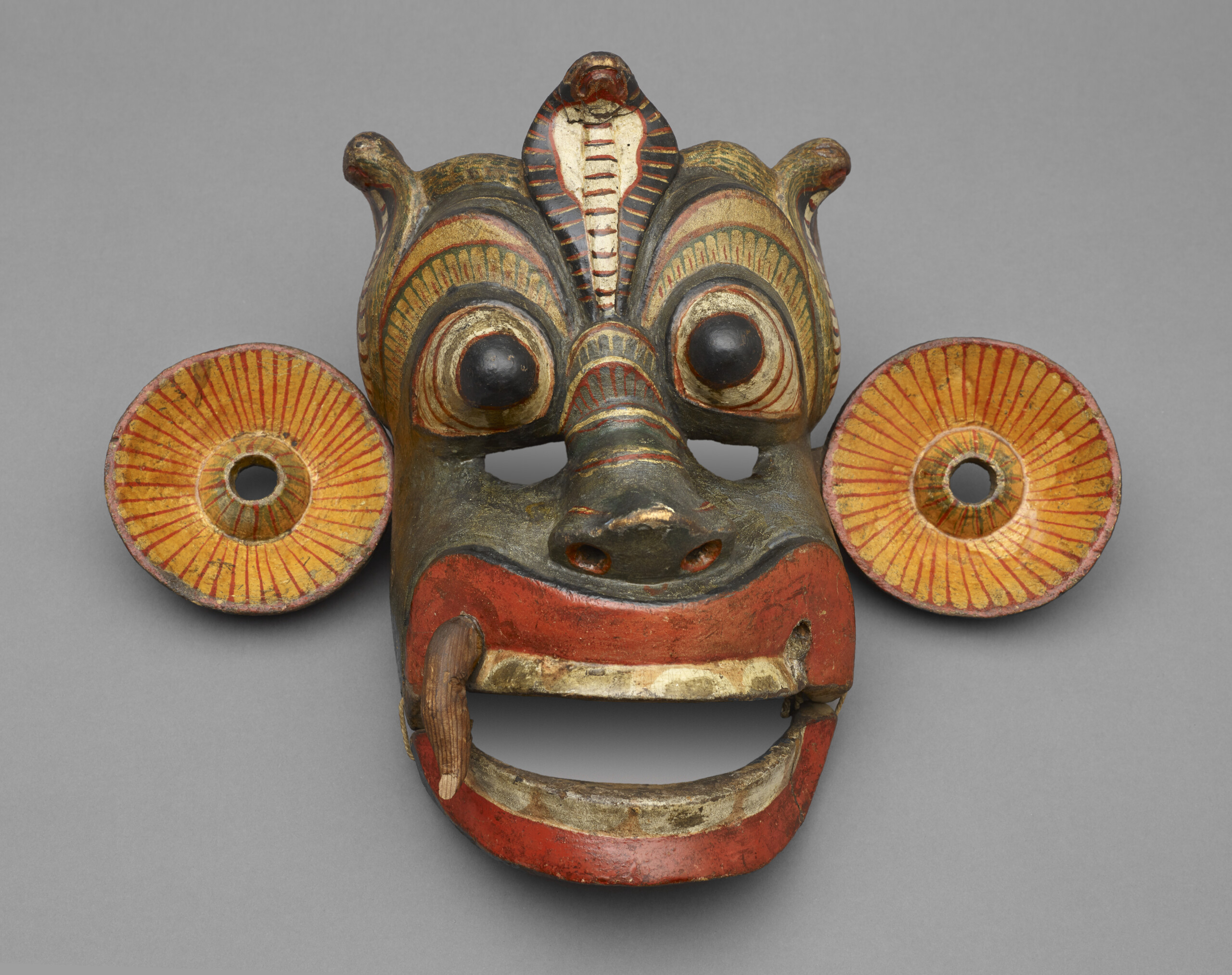
in فارسی / Persian / Farsi translated by Maryam Mobasheri
This object has been translated into 7 different languages by 7 different users
این ماسکها در آیینهای باستانی سریلانکایی مانند توویل (شیطان) یا “شانتیکارما” (عمل نیک) استفاده میشوند. در این آیینها، که به دوران پیش از بودیسم بازمیگردند، باور بر این است که بیماریها ناشی از نفرین ارواح شریر هستند. در مراسم یاکون ناتیمه (رقص شیطان)، هنرمندانی که ماسکهایی به شکل خدایان شیطانی بر چهره دارند، با بیمار به رقص درمیآیند تا با ریتمهای هیپنوتیزمکننده او را به حالت خلسه ببرند. این آیین ترکیبی از روانشناسی و طب آیورودایی است که از طریق رقصیدن تا حد خستگی، به درمان بیماران کمک میکند.
Do you have something you’d like to say, in your own language or English, about the object or translation? We’d like to hear what you think.
Translations are community-sourced and for anyone to participate in, however you use your language. For more information, see Community Guidelines.
15 Jan, 2025
Similar masks are made in Guinea Bissau, where I come from, and worn during the February carnival.
15 Jan, 2025
Máscaras semelhantes são feitas na Guiné Bissau, de onde sou natural, e usadas durante o carnaval de fevereiro.
15 Jan, 2025
Carnival masks from Ginea Bissau
15 Jan, 2025
Some more information about the Guinea Bissau carnival which is also held in February, like International Mother Language Day.